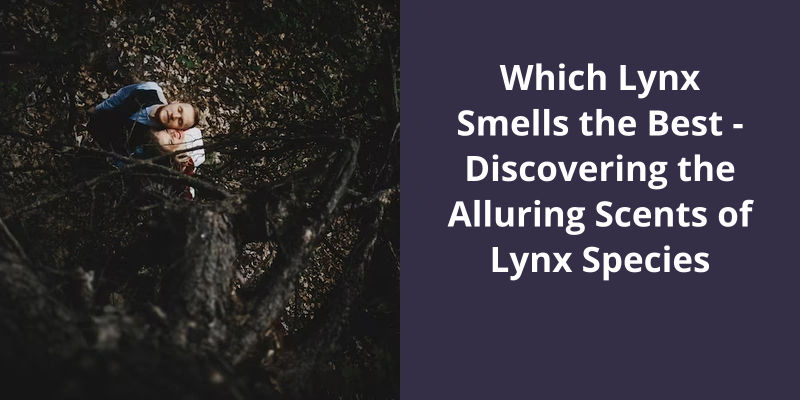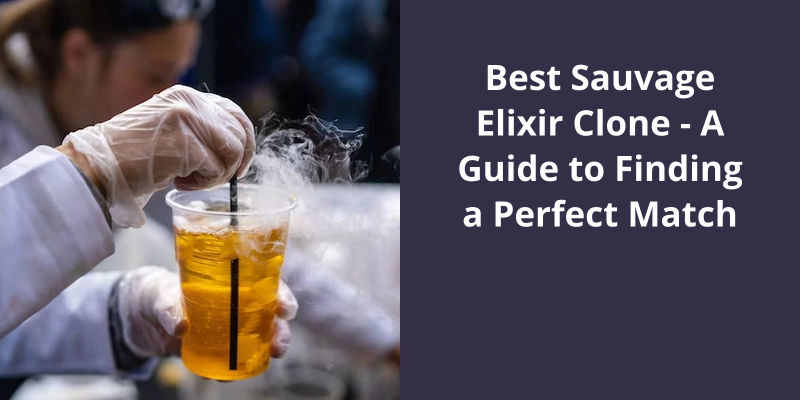Ambergris and musk do not have the exact same scent although they are both used as base notes in perfume making because of their long-lasting fragrances. Ambergris, a substance produced in the digestive system of sperm whales, smells marine, earthy and sweet with a uniquely compelling element. On the other hand, musk, originally derived from the gland of a musk deer, has a more complex aroma; it is rich, woody, and animalistic. While they might share a certain depth and complexity, ambergris and musk have distinct smells.

Does Ambergris Have a Smell?
One of the most distinctive characteristics of ambergris is it’s smell. When initially extracted from the whale, it emits a powerful scent reminiscent of feces. This strong odor can be quite off-putting to many people due to it’s similarity to excrement. However, as the mass of ambergris starts to dry out, the smell undergoes a transformation.
Once the ambergris dries, the unpleasant fecal aroma begins to fade, and an intriguing musky scent emerges. Many people find this dried ambergris fragrance to be more pleasant and intriguing. The musky aroma is often described as complex and alluring, with hints of earthiness, sweetness, and warm spices.
It’s ability to enhance and complement other scents has made it a treasured ingredient in luxury fragrances, adding depth and complexity to the overall olfactory experience.
The History and Cultural Significance of Ambergris
Ambergris is a waxy substance that forms in the digestive system of sperm whales. It’s often referred to as “whale vomit” but is actually expelled through their feces. Over time, this unique substance floats in the ocean and hardens, eventually washing up on beaches.
For centuries, ambergris has been highly prized for it’s unique aroma, which is often described as musky, sweet, and earthy. It’s been used in the production of perfumes, incense, and medicinal remedies.
The cultural significance of ambergris is vast and diverse. Historically, it was considered a valuable commodity and used as a currency, particularly in the Middle Ages. It was also a popular ingredient in high-end fragrances during the Renaissance and continues to be sought after by perfumers today.
Despite it’s historical value, the use of ambergris raises ethical concerns as it’s derived from whales. Today, many countries have strict regulations on the collection and trade of ambergris to protect whale populations.
Ambergris, known for it’s comparable scent to musk, holds it’s own unique value in the fragrance market. While synthetic musk has become widely used in the perfume industry, natural ambergris remains highly sought after. It’s important to note that natural musk is derived from various animals, including Musk deer, Muskrat (rodent), and musk duck.
Is Ambergris the Same as Musk?
Ambergris is a fascinating substance that’s captured the interest of perfume enthusiasts and collectors for centuries. While it’s often associated with musk, it’s important to note that ambergris and musk aren’t the same thing. While they share similar fragrance characteristics, they’ve distinct origins and properties.
Ambergris is a rare substance that’s formed in the digestive system of sperm whales. It’s believed to be a protective response to irritants such as squid beaks that the whales consume. Over time, these irritants are coated with a waxy substance and expelled from the whales body. When the ambergris is exposed to sunlight and saltwater, it undergoes a chemical transformation, resulting in it’s distinctive fragrance.
On the other hand, musk is a scent that’s derived from various animals, including Musk deer and other species such as Muskrat, musk duck, and musk ox. Musk is obtained from the glands of these animals and has been used in perfumery for centuries. However, due to ethical concerns and the conservation status of some species, synthetic musk has become more common in the perfume industry.
Ambergris is often described as having a warm, slightly sweet, and earthy scent with a hint of marine notes. It’s highly prized in the fragrance industry for it’s ability to enhance and prolong the scent of perfumes.
It can range from animalic and musky notes to floral or powdery undertones.
Source: What’s the dark truth behind musk, ambergris, and civet …
Ambergris, once highly coveted in the fragrance industry, has now been substituted with synthetic alternatives like Ambrox®, a fragrance compound that mimics the alluring scent of amber. This shift towards synthetic substitutes has allowed for a more sustainable and ethical approach to perfume production, without compromising on the captivating aroma that ambergris is known for.
What Is a Substitute for Ambergris Oil?
Ambergris, known for it’s unique musky scent, has long been treasured as a precious ingredient in the realm of fine perfumery. However, due to environmental concerns and ethical considerations, the usage of natural ambergris has dwindled over time. As a result, the fragrance industry has turned to synthetic alternatives to recreate it’s distinctive aroma.
One popular substitute for ambergris oil is Ambrox®, a synthetic compound that bears a striking resemblance to it’s natural counterpart. Derived from a plant called clary sage, Ambrox® possesses a potent amber-like fragrance that evokes a sense of warmth, sensuality, and depth.
For instance, some perfumers utilize botanical extracts like ambrette seeds, labdanum resin, and tonka beans to recreate the musky and animalic facets of ambergris.
The History and Cultural Significance of Ambergris in the Perfume Industry
- The history and cultural significance of ambergris in the perfume industry
- Ambergris is a waxy substance that’s produced in the digestive system of sperm whales.
- For centuries, ambergris has been highly valued in the perfume industry for it’s unique scent and fixative properties.
- Ambergris is often referred to as the “floating gold” due to it’s rarity and high demand.
- In ancient times, ambergris was used as an ingredient in incense and perfumes, believed to have mystical and therapeutic qualities.
- During the Renaissance period, ambergris became immensely popular among European royalty and aristocracy.
- It’s exotic aroma and ability to enhance and prolong fragrance made it a prized ingredient in luxurious perfumes.
- Throughout history, various methods have been used to obtain ambergris, including beachcombing and harvesting it from whale carcasses.
- Ambergris has a complex scent that develops over time, which only adds to it’s allure and exclusivity.
- Despite it’s popularity, the use of ambergris in perfumes has declined in recent years due to ethical concerns around it’s sourcing from whales.
- Today, synthetic alternatives are often used to recreate the unique scent of ambergris, allowing perfumers to maintain it’s cultural significance without harming marine life.
Ambergris, a rare and highly sought-after material derived from the digestive system of sperm whales, has been cherished by perfumers for centuries. While synthetic alternatives exist, some perfumes still use the real essence of this unique substance. Notable examples include timeless classics like Guerlain’s Mitsouko, as well as contemporary fragrances such as Dior’s Ambre Nuit and Serge Lutens’s Ambre Sultan. These perfumes imbue the wearer with a sense of luxury and refinement, drawing upon the rich history and exquisite aroma of natural ambergris.
What Perfumes Use Real Ambergris?
Ambergris, a fascinating and rare substance derived from the marine mammal sperm whale, has long been prized in the world of perfumery for it’s unique and captivating scent. While it’s often described as having a musky aroma, the truth is that ambergris possesses a complex and multifaceted fragrance that can’t be easily replicated. As a result, many perfumers have incorporated this precious ingredient into their creations, adding a touch of mystery and sophistication to their scents.
Some of the most renowned perfumes that utilize natural ambergris include Mitsouko by Guerlain, a timeless classic that’s captivated fragrance enthusiasts for decades. This iconic scent features a rich blend of spices, oakmoss, and peach, with the addition of ambergris lending it a subtle musky undertone. Another notable fragrance that utilizes natural ambergris is Ambre Nuit by Dior. This opulent and sensuous perfume combines notes of rose, amber, and musk, creating a captivating blend that showcases the true beauty of ambergris.
How Is Ambergris Harvested and Processed for Use in Perfumes?
- Ambergris is harvested from sperm whales
- Whales naturally produce a waxy substance called ambergris
- Ambergris is expelled by the whale and floats in the ocean
- It can take years for ambergris to wash up on beaches
- Once collected, ambergris is cleaned and purified
- It’s then used as a fixative in perfumes
- Ambergris adds a unique scent and extends the longevity of fragrances
- Due to it’s rarity and expensive nature, synthetic alternatives are often used in modern perfumery





